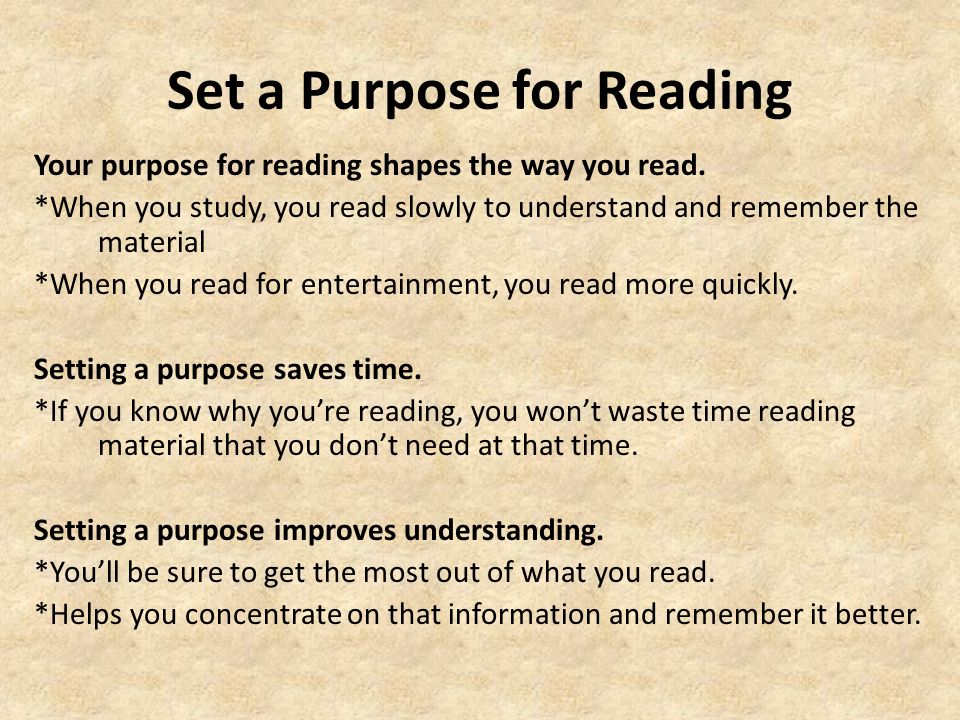Teachers often have a lot on their plates, and it can be challenging to find the time to craft personalized emails to parents, students, or colleagues. To save time and ensure that you still communicate effectively, email templates can be a lifesaver. Here are four sample email templates for busy teachers to use as a starting point:
1. Parent-Teacher Conference Request
Subject: Parent-Teacher Conference Invitation: [Student Name]
Dear [Parent’s Name],
I hope this email finds you in good spirits. I am writing to invite you to attend our upcoming parent-teacher conference. This is an excellent opportunity for us to discuss your child’s academic progress and address any concerns.
Date: [Conference Date]
Time: [Conference Time]
Location: [Conference Location (e.g., Classroom/Online)]
Please confirm your attendance by replying to this email or contacting me directly at [Contact Number/Email].
Thank you for your involvement in your child’s education, and I look forward to meeting with you.
Best regards,
[Your Name]
[Your Title/Subject]
2. Missing Homework Reminder
Subject: Missing Homework – [Assignment Title] from [Student Name]
Dear [Student’s Name],
I am writing to inform you that I have not received your completed assignment titled ‘[Assignment Title]’ which was due on [Due Date]. It is crucial for you to regularly complete homework assignments, as they contribute to your overall grade and understanding of the course material.
Please submit the missing assignment as soon as possible. If you have any questions or need assistance with the work, please do not hesitate to contact me via email or during my office hours.
Thank you for your attention, and I trust that future assignments will be turned in on time.
Best regards,
[Your Name]
[Your Title/Subject]
3. Absence Notification and Make-Up Work Request
Subject: Absence on [Date] — Make-Up Work Needed
Dear [Colleague’s Name],
Unfortunately, I will be absent from school on [Date] due to [Reason]. I kindly request you to assist me by giving make-up work and assignments for my students in the following classes:
– [Class/Subject 1]
– [Class/Subject 2]
– [Class/Subject 3]
I will ensure that my students are informed of my absence and the importance of using the day productively. As always, thank you for your help and support. Your cooperation is greatly appreciated.
Best regards,
[Your Name]
[Your Title/Subject]
4. Upcoming School Event Announcement
Subject: Join Us for the Upcoming School Event: [Event Name]
Dear Parents and Students,
We are excited to announce the upcoming school event, ‘[Event Name]’, which will be held on [Date] at [Time] in the [Location]. This event is a fantastic opportunity for our school community to come together and celebrate our shared accomplishments.
Featured activities include:
– Activity 1
– Activity 2
– Activity 3
We hope that you can join us and make this event a memorable one! For more information or if you are interested in volunteering, please contact [Contact Person’s Name] at [Contact Email/Phone].
Looking forward to seeing you there!
Best regards,
[Your Name]
[Your Title/Subject]











